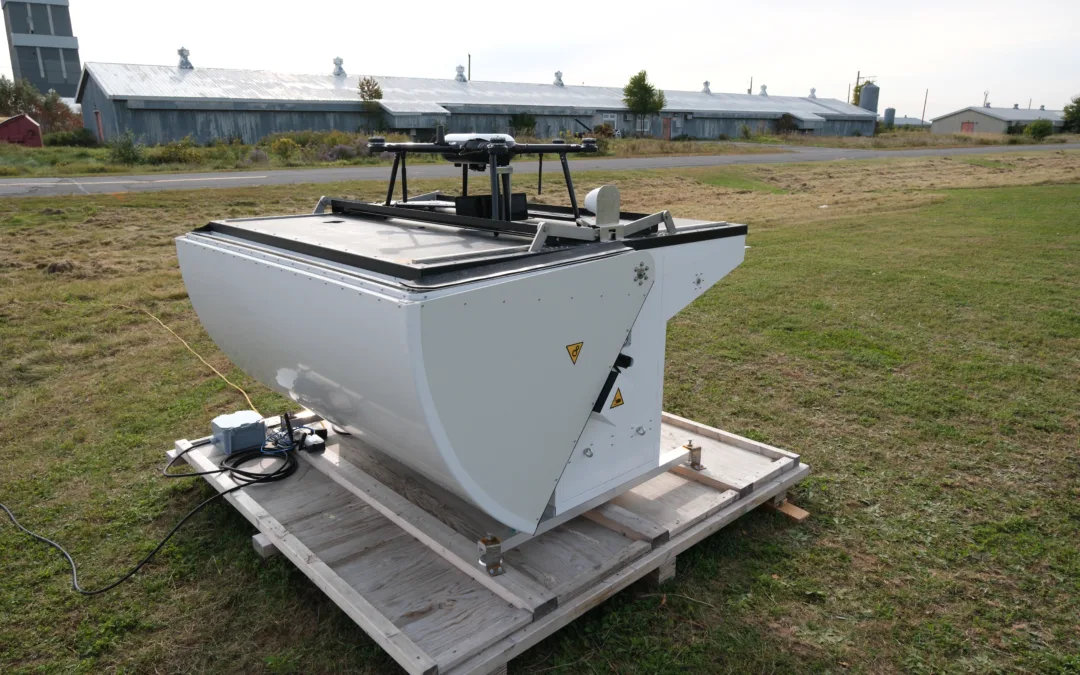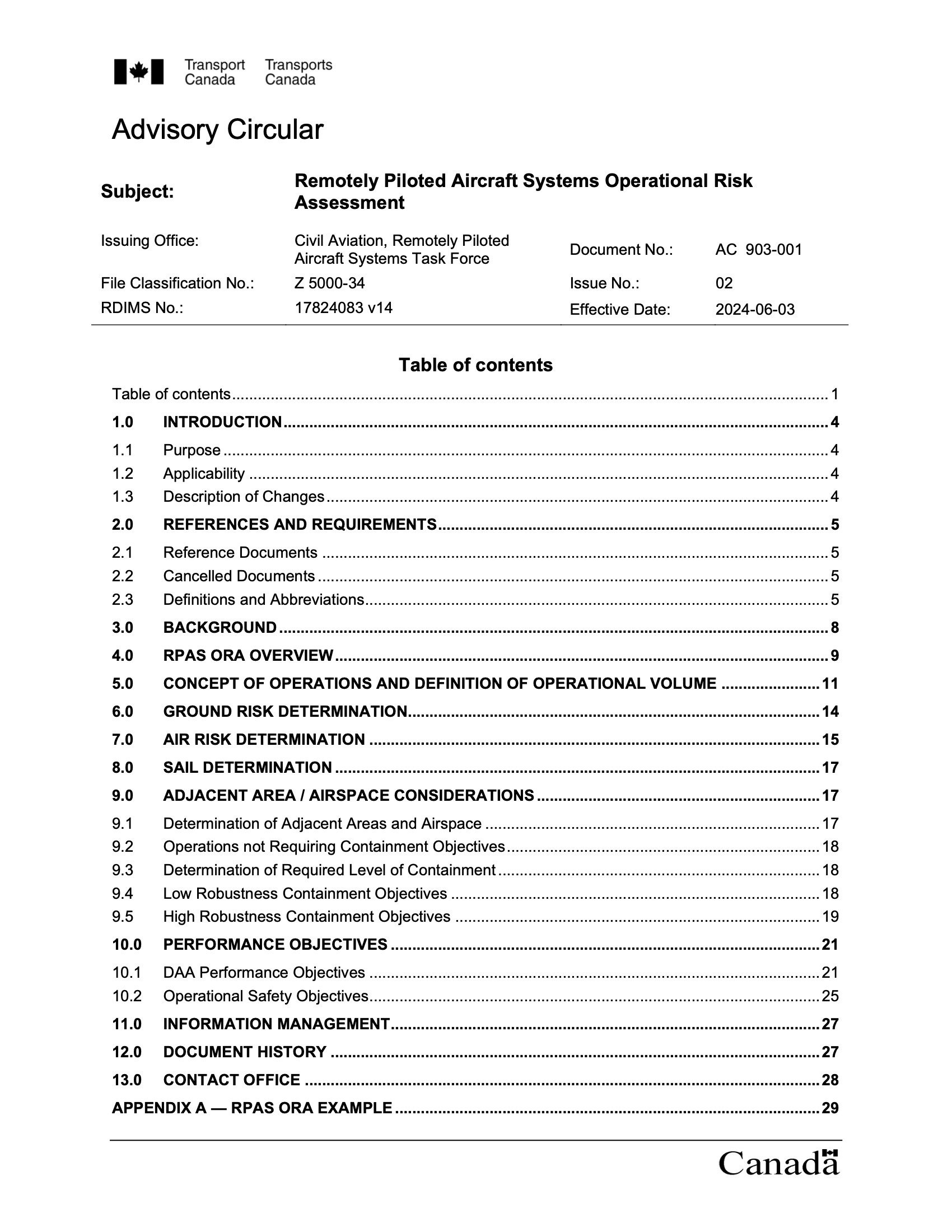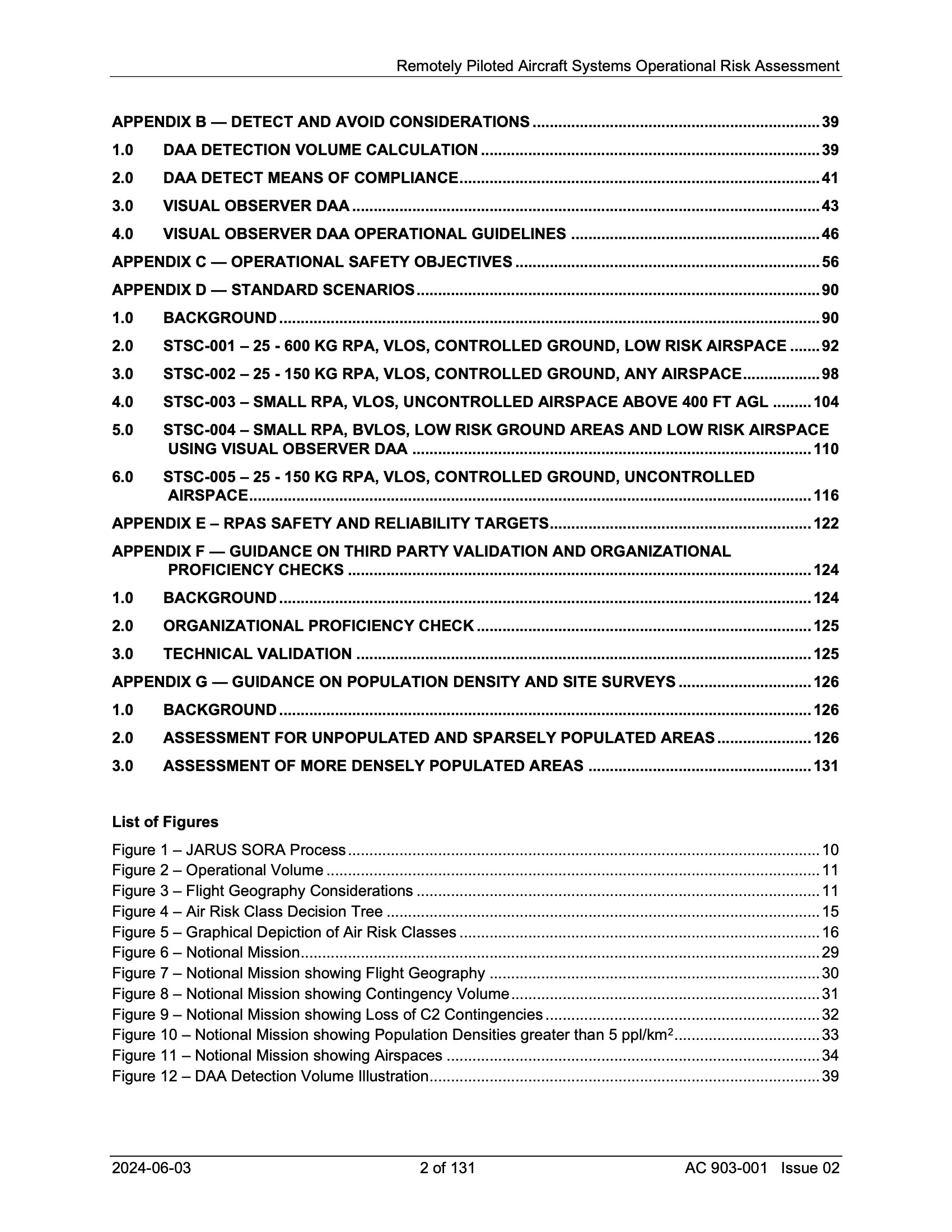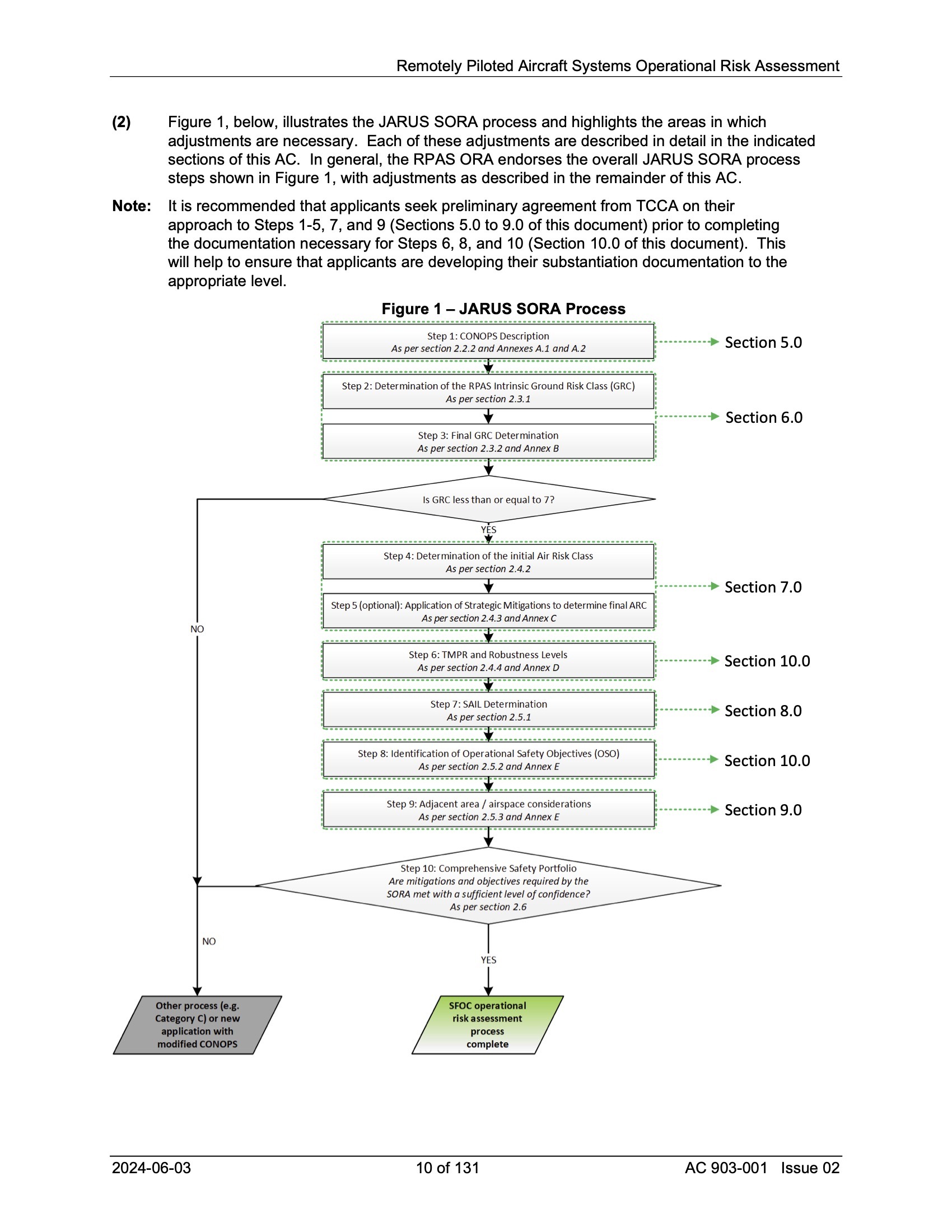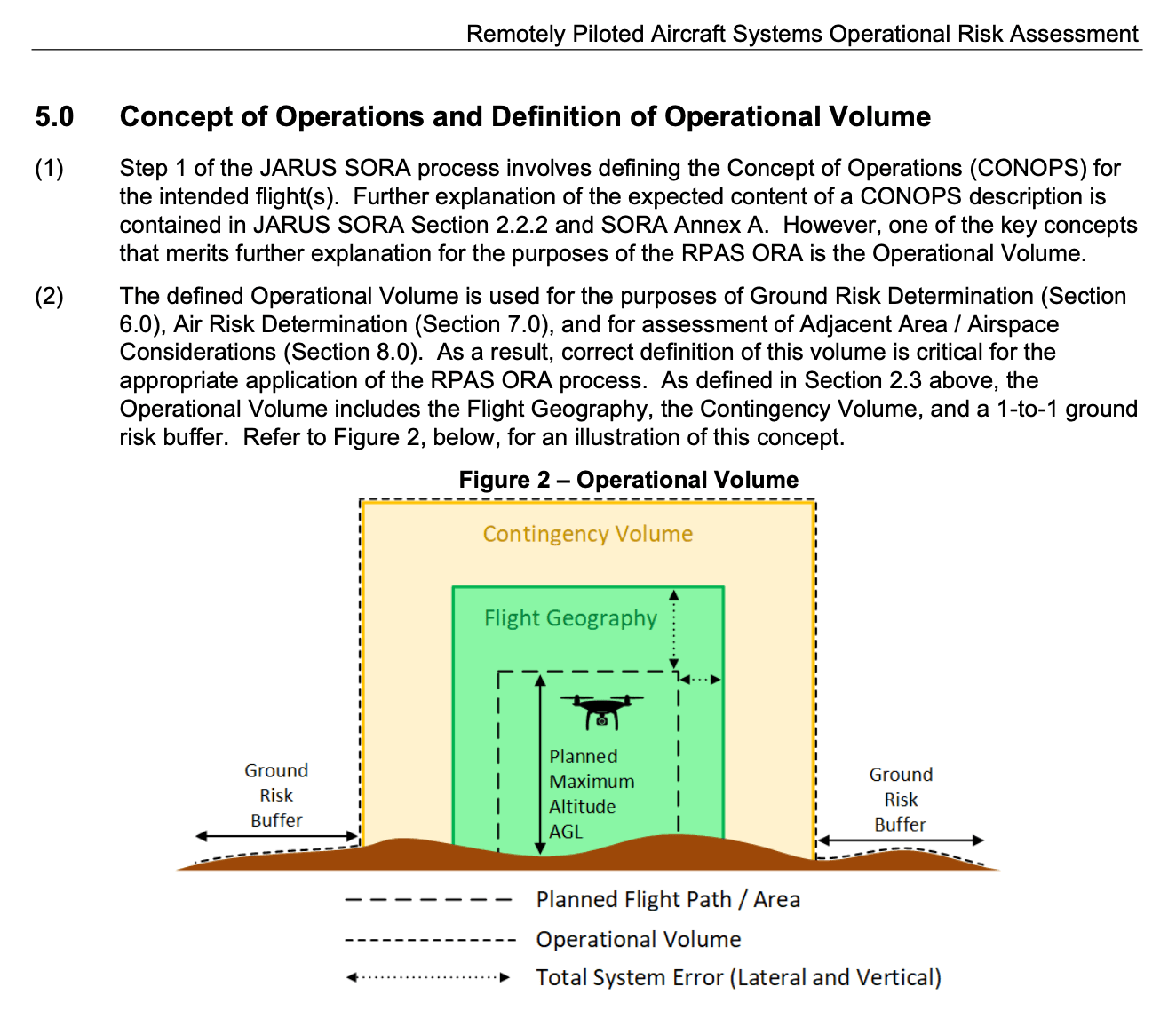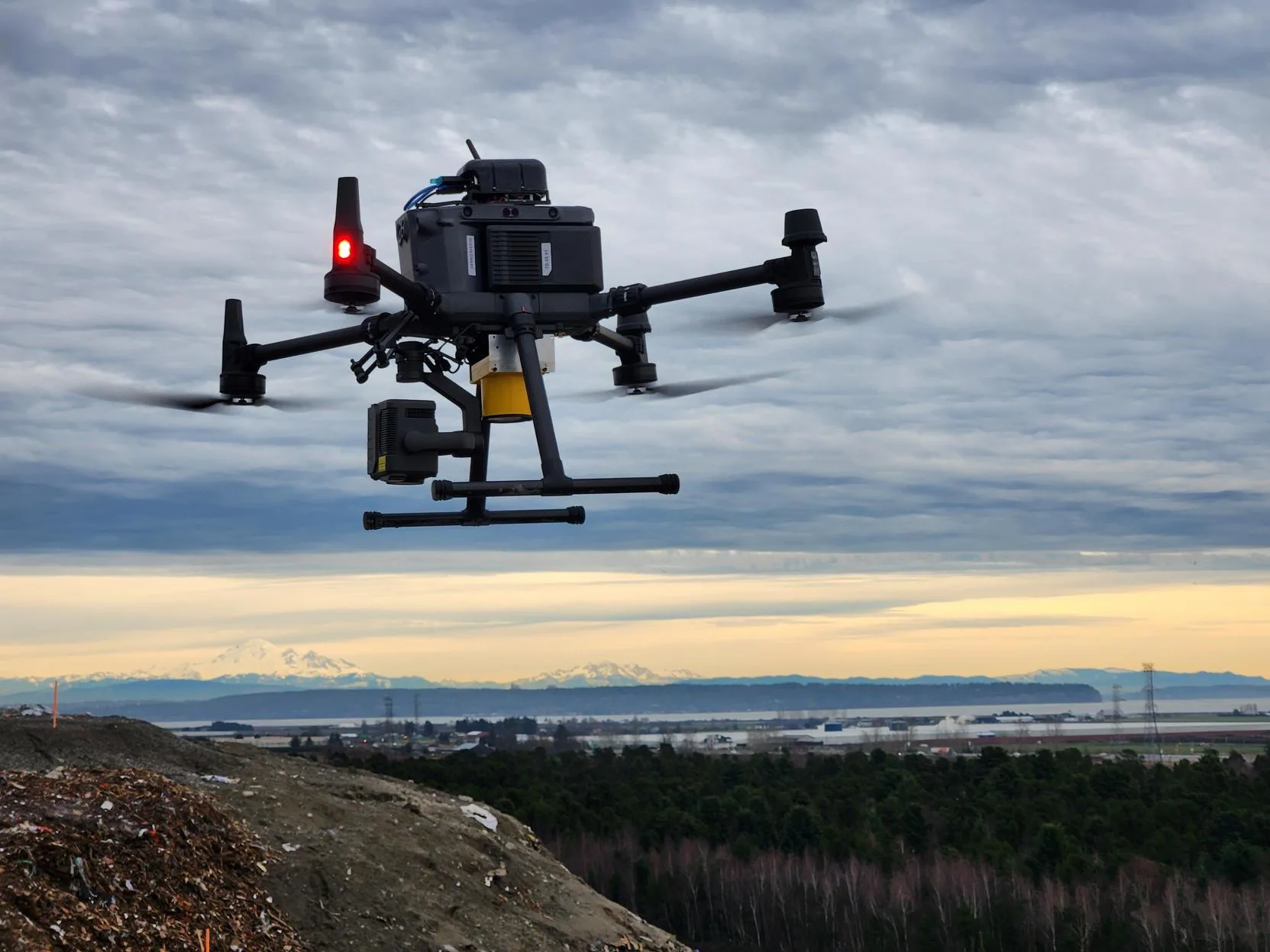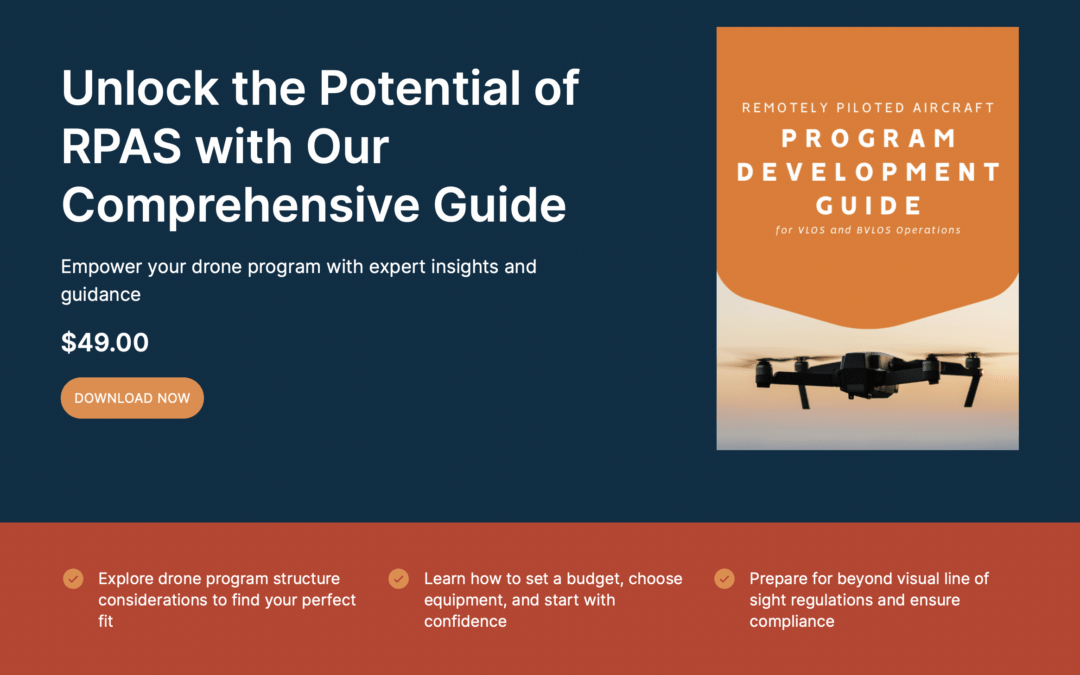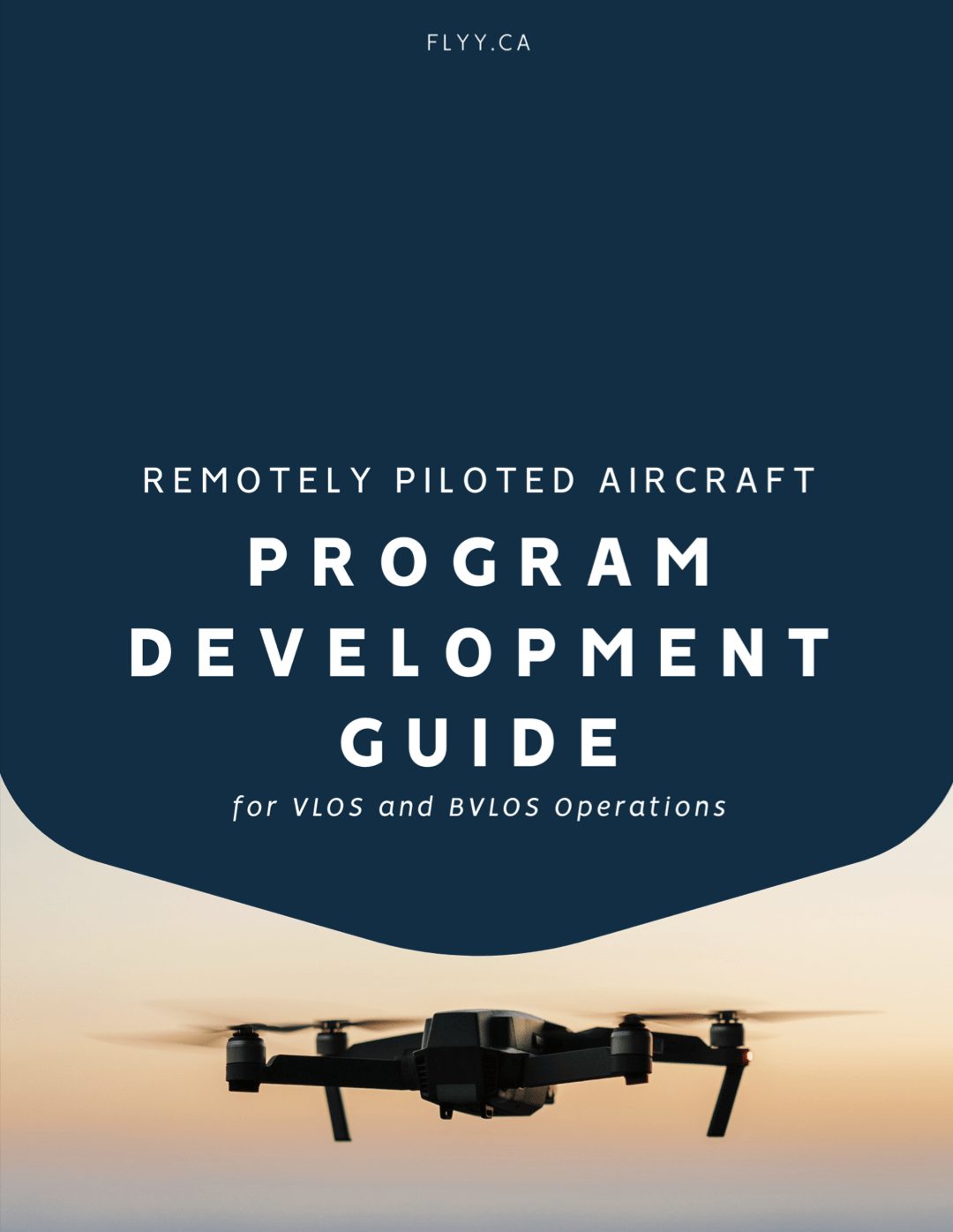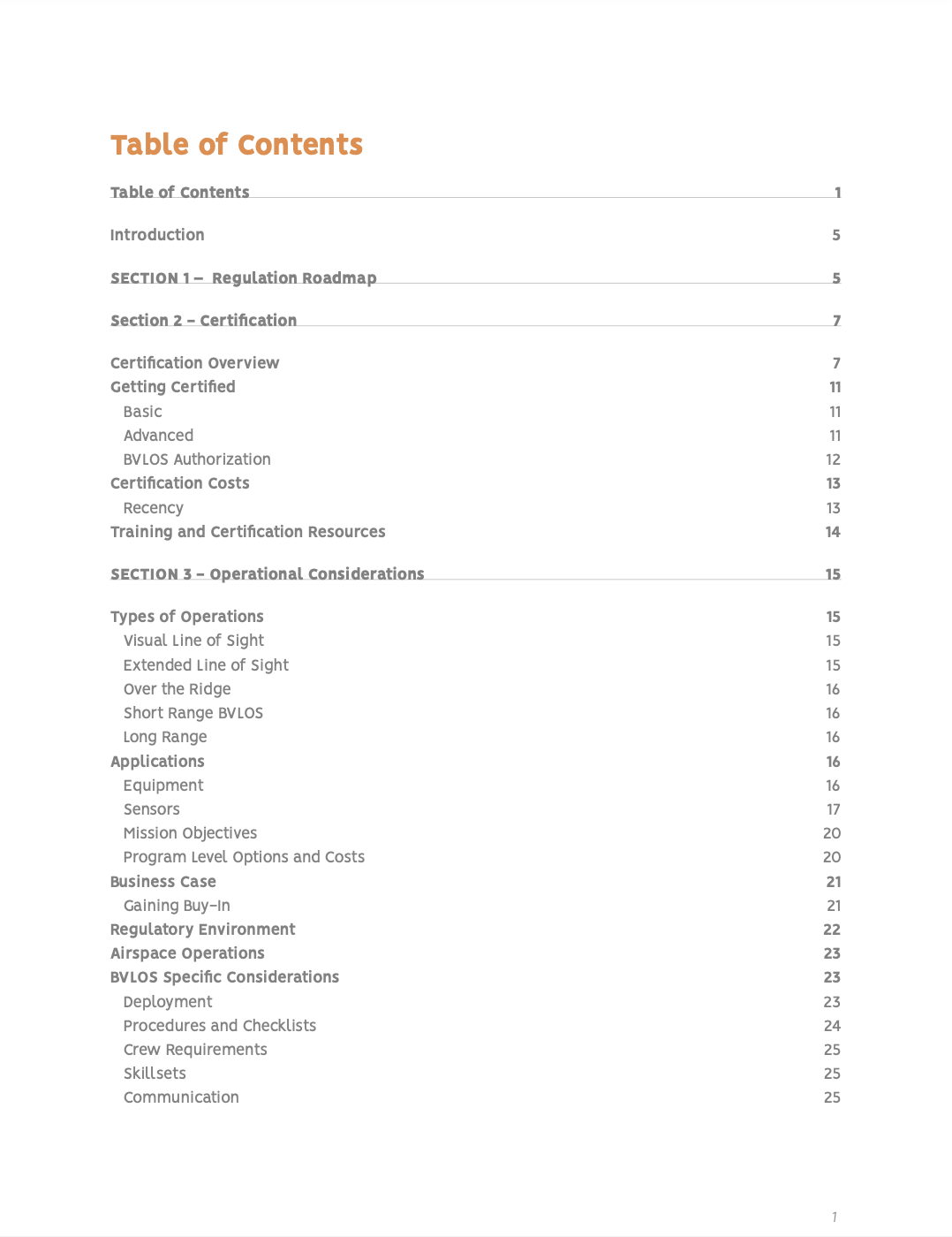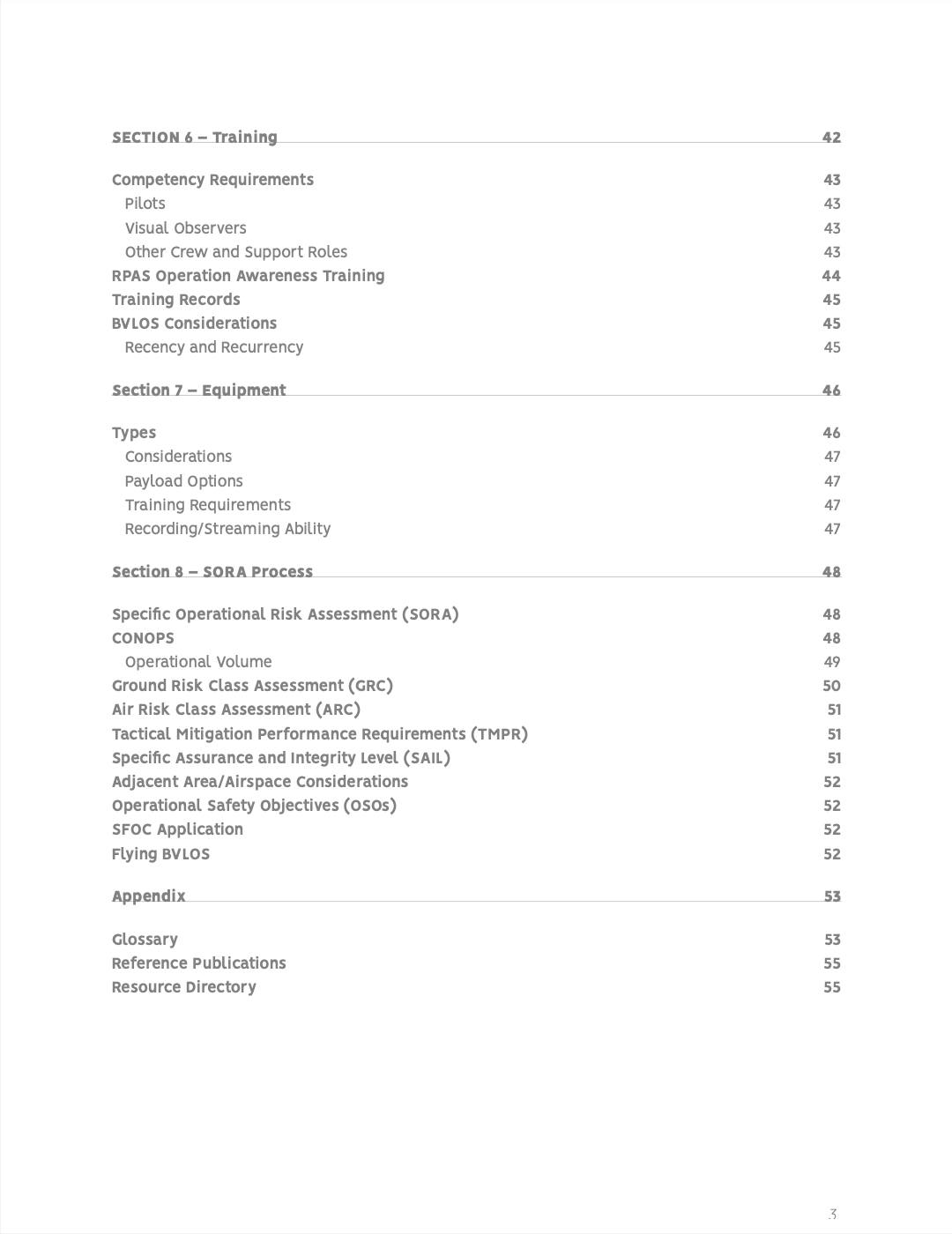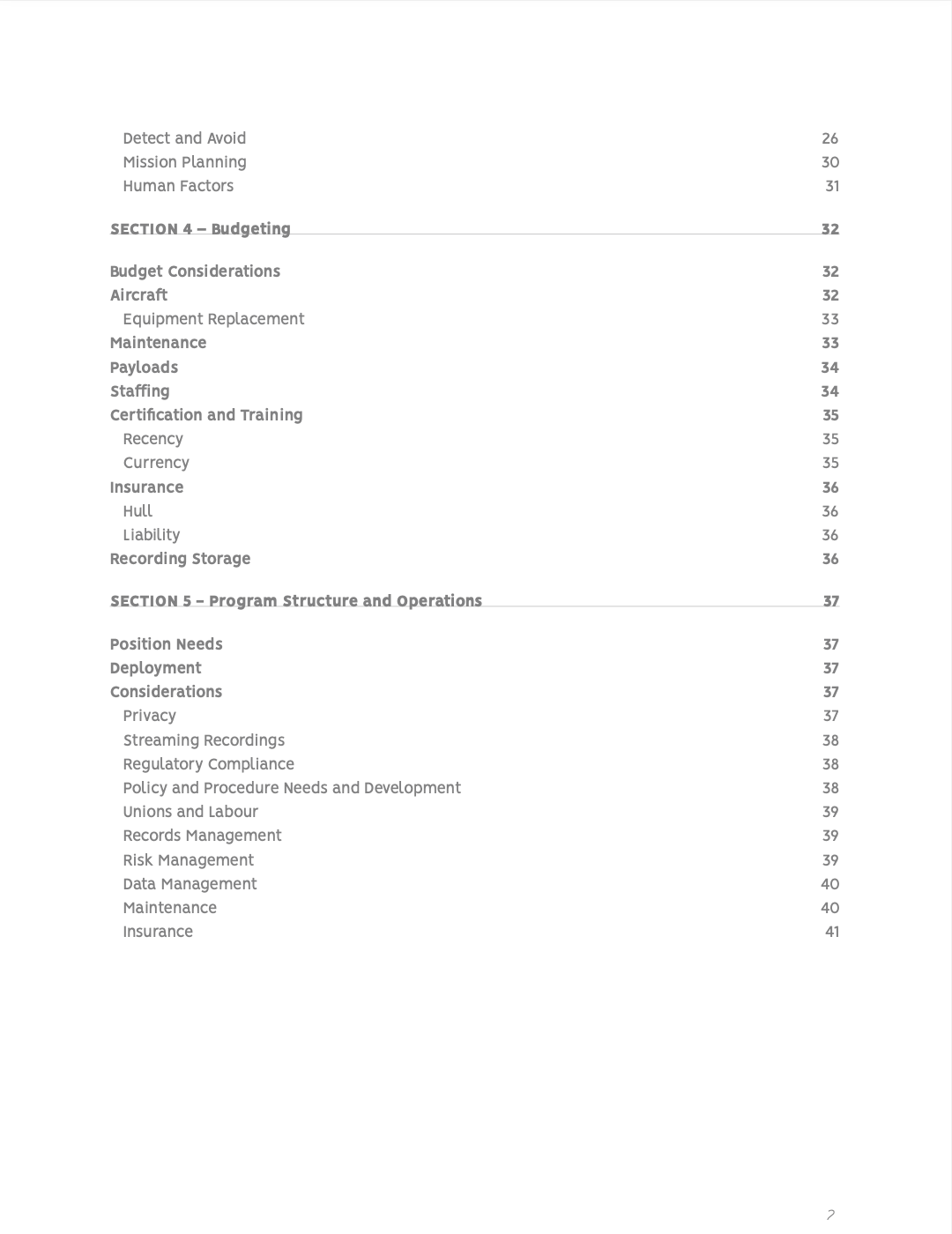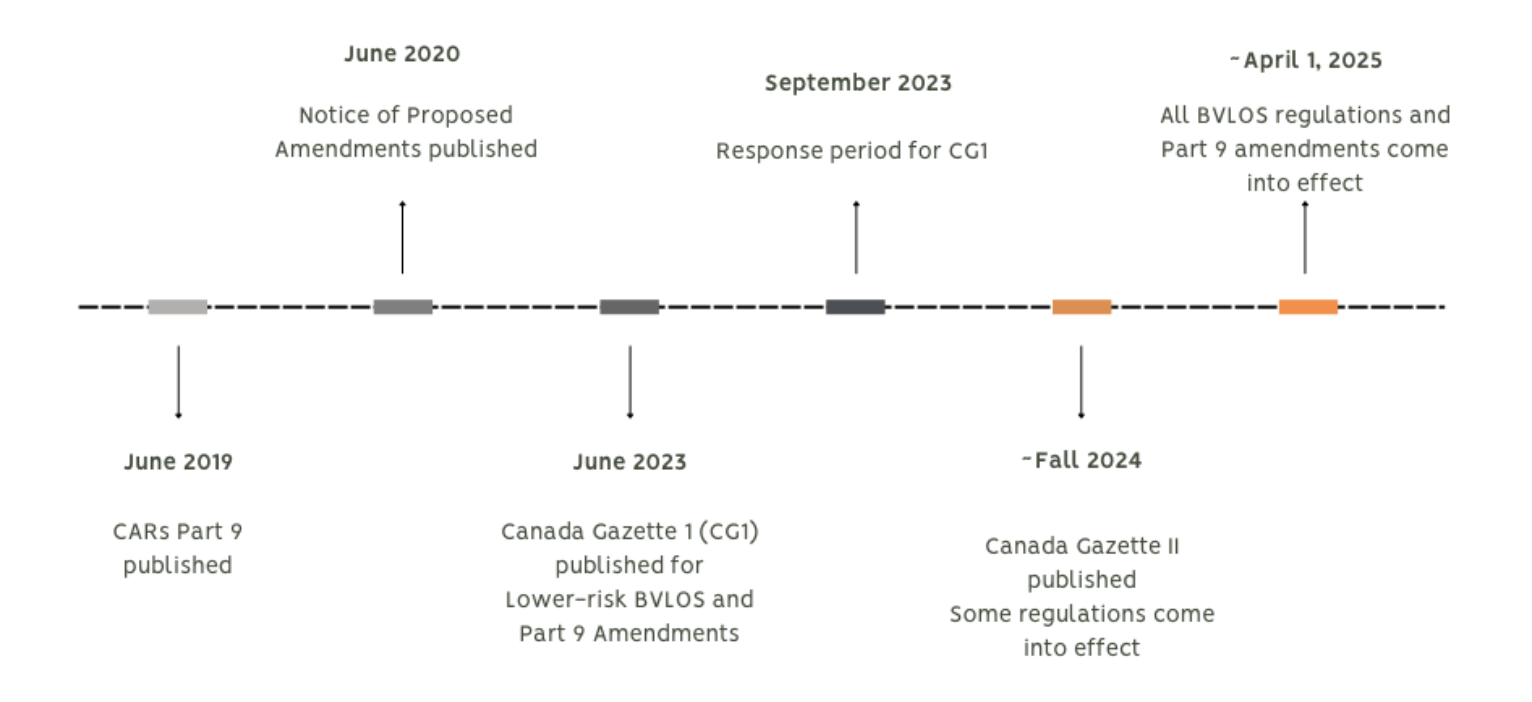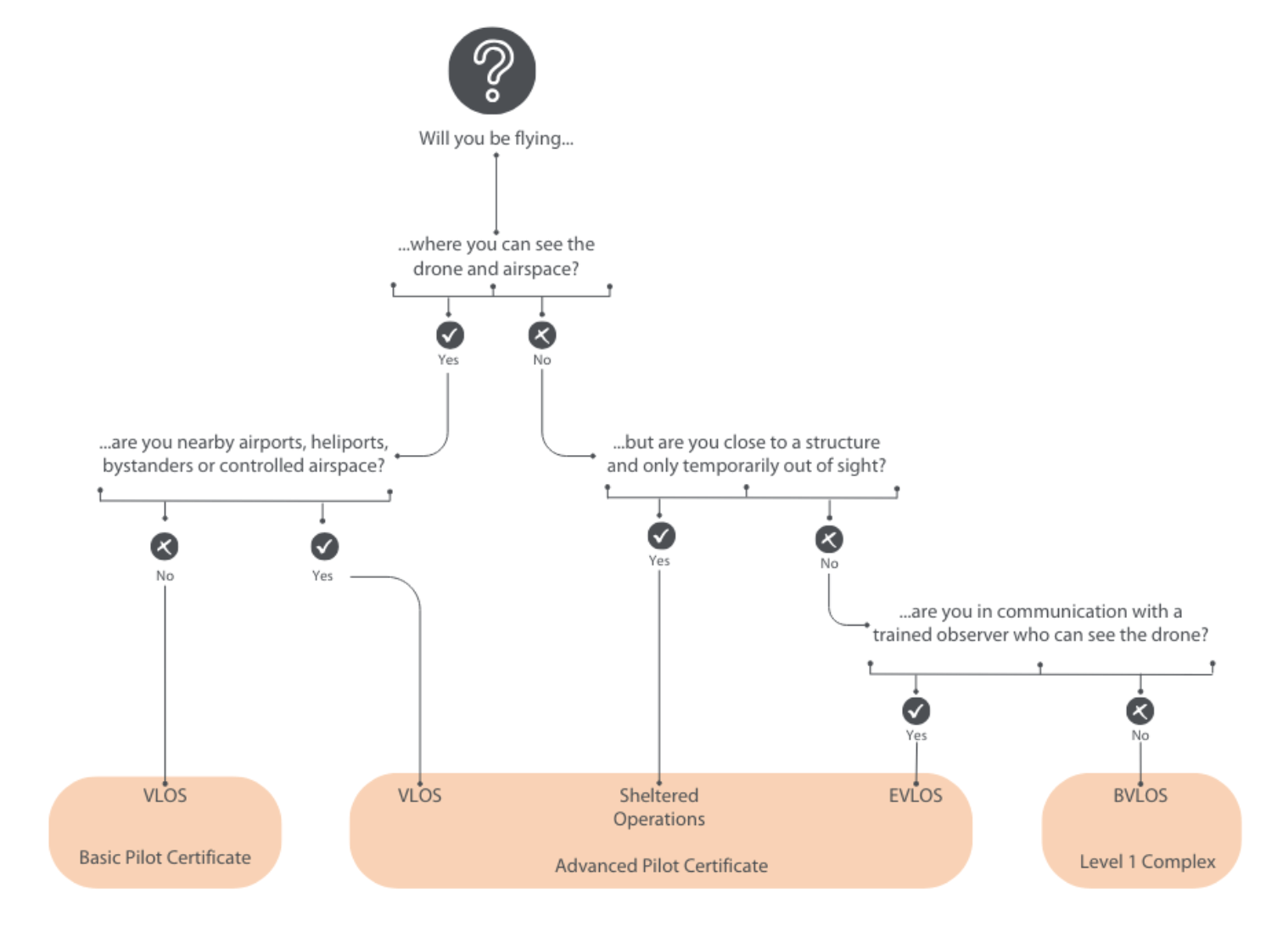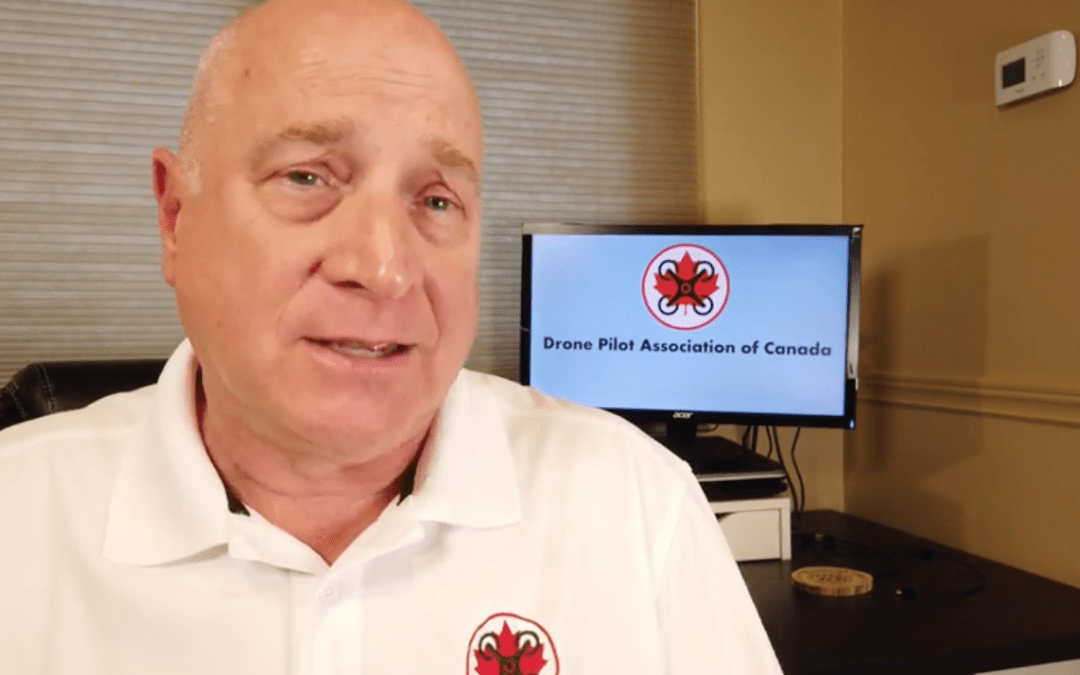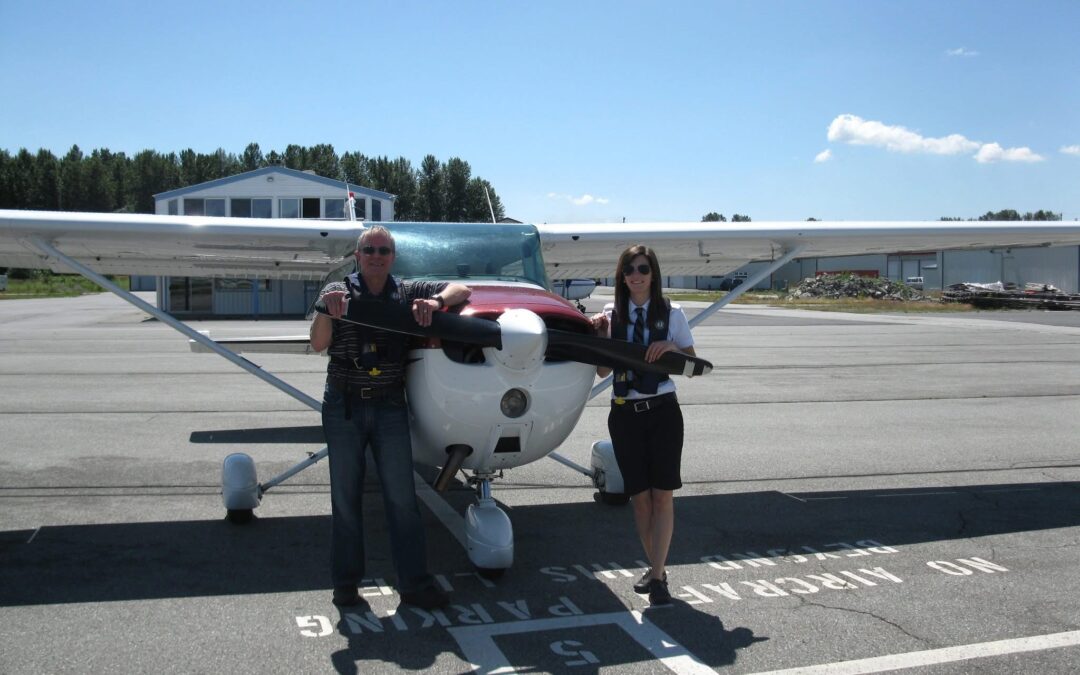
InDro’s Kate Klassen: Aircraft instructor, regs expert – and Canada’s most famous drone instructor
By Scott Simmie
From time to time, we like to profile InDro employees. In these pieces, we try to not only highlight their skill sets but also give you a sense of the person. So we’re particularly pleased to be writing about Kate Klassen – who is both a total pro and a stellar human being.
Klassen has been in the drone space pretty much since it started to become a thing in Canada, though she was going by her maiden name – Kienapple – in those early days. She’s widely acknowledged as a regulatory expert, has trained more than 10,000 RPAS pilots online and in person, and is also a traditional aviation flight instructor with multi-engine and IFR ratings. Oh, and she’ll hit carrying out 200 in-person RPAS Flight Reviews before long.
Of course, she didn’t just start there. She worked for it.
Below: Happy Kate (which is pretty much the norm)

THE BACK STORY
Kate didn’t initially plan on a career in the world of aerospace. Growing up in a small Nova Scotia town, she and brother Alexander would often see jets flying to and from Halifax Stanfield International Airport. Her father was a university professor; her mother an accomplished audiologist and COO/Vice-President of a prominent audiology firm she founded. The family traveled frequently, so even as a child Kate grew up being familiar with flying – at least from the passenger perspective. She also had two very successful parents as role models.
But aviation was not on her young radar as a career path. She planned, as a child, to pursue a career in audiology and join her mother’s business. That changed, abruptly and tragically, when Jean Ann Kienapple passed away suddenly in 2001. Kate was just 11. It’s an event that is still difficult, nearly 24 years later, for her to discuss.
Life would push on, and so would Kate. But, on graduating high school, she was still a bit adrift when it came to a career.
“Because my dad was working at a university when I graduated, it wasn’t: ‘Are you going to post-secondary?’ It was ‘Where are you going?'”
She wasn’t really sure. The only thing that truly appealed was to one day go to space.
“And my Dad said: ‘Most astronauts are pilots first. Why don’t you start there?'”
Kate had once been up in a small plane with a family friend. She spoke with him, and others, and learned there was a program at the University of New Brunswick that combined a business degree with aviation. Kate (short for Katelin) signed up.
“So it ticked that box for post-secondary for my dad,” she recalls.
KATE TAKES FLIGHT
It was a unique program, combining becoming a pilot with business chops. Kate dove in, moreso on the aviation side than the business end of things. She loved flying – and it was counting toward her degree.
“Instead of doing regular electives, you did flying hours,” she says. “So your hours in the plane and in ground school counted towards your degree.”
It was a four-year program, but Kate wanted to maximise her flying time during summers – so she completed it in three. In addition to her degree, she graduated with a Commercial Multi-Engine IFR rating and 200 hours of flight time. But the end of school was the beginning of the next phase – trying to find work.
“Guess who couldn’t get a job anywhere? Because no one wants to hire you when you have 200 hours of flying. It was either go up north and throw bags for a bit or become a flight instructor,” she says.
After some encouragement from her friends, Kate opted for the latter, packing her suitcase and heading to the west coast. She moved into her aunt’s loft in West Van and made the one-hour daily commute to Pitt Meadows airport (YPK) where she worked on getting her Flight Instructor rating. Living in Vancouver meant Kate picked up whatever work she could find to make ends meet. She did airport maintenance, including cleaning the lights on the runway and mowing the lawn. She taught yoga. She worked at Golf Town, “Even though I’ve never golfed a game in my life.”
Whatever it took, she did it.
Below: Kate Kienapple gets soaked – part of a tradition after completing a successful first solo. Second image: Kate in the cockpit with Chief Flight Instructor, and now friend, Alex Denham over Vancouver (just zoom in!)
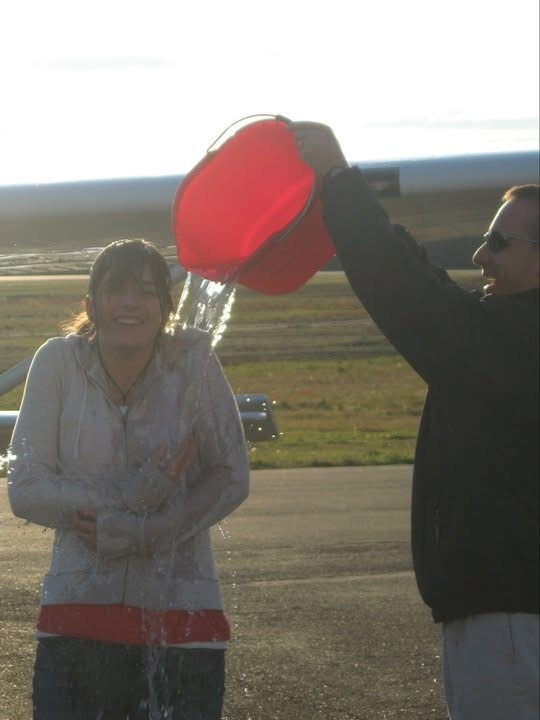
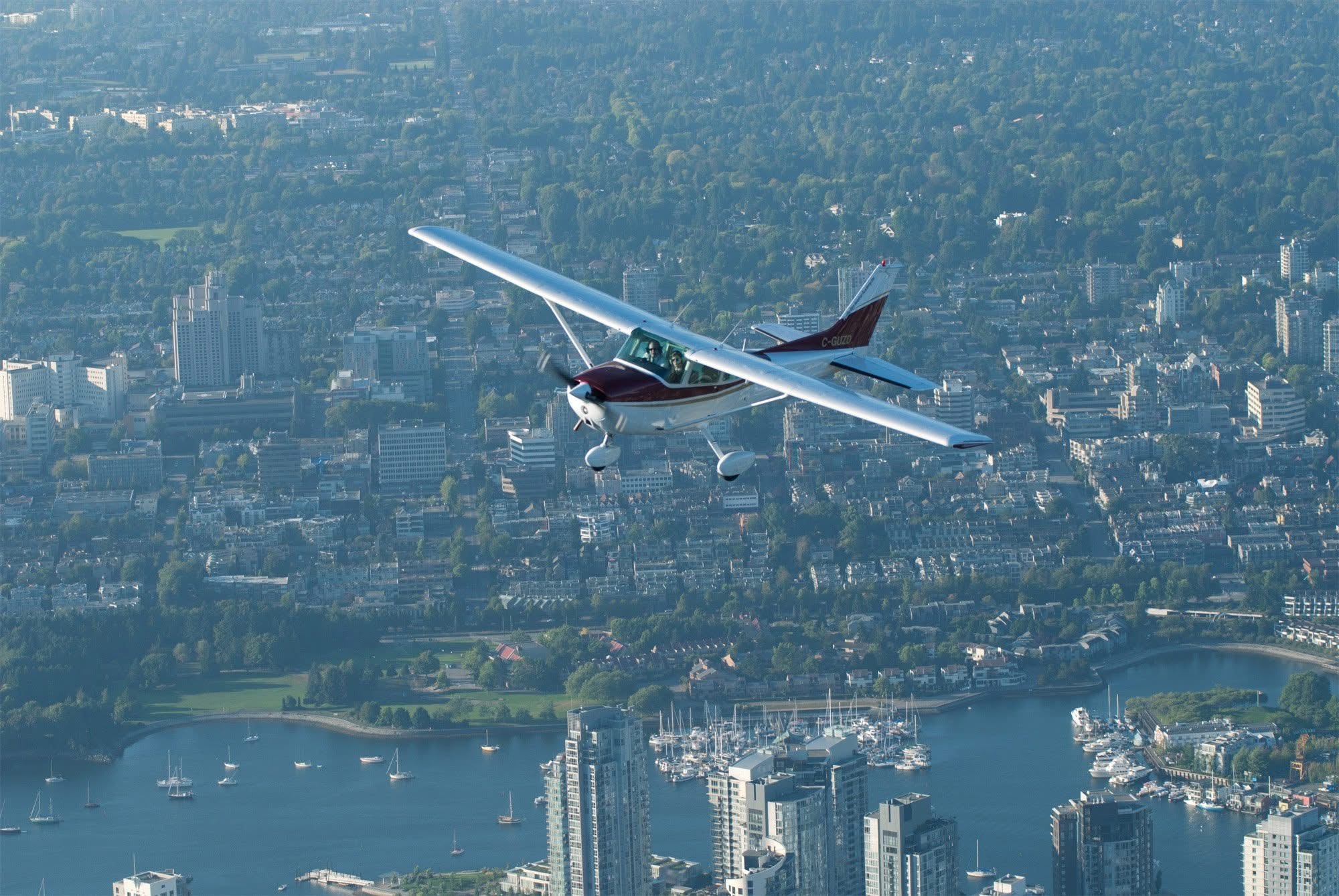
KATE SLIDES TO DRONES
Many people in traditional aviation have made the transition to the RPAS world. Kate was one of the first, but there wasn’t exactly a flight plan for this destination. While working as a flight instructor in 2014, she wound up teaching a couple of guys who had started a drone company late the previous year. Around that time, Transport Canada had just released its first iteration of knowledge requirements – which aligned somewhat with requirements for private pilots. That drone company (Aerobotika), tapped on Kate to create its ground school course.
“And then they said: ‘Since you helped us build the ground school, do you want to help us teach it?'”
She did. And it quickly turned into a frequent gig, with Kate travelling across Canada to offer ground school courses on behalf of Aerobotika twice every month. Those ground school courses required full-on brainpower for both students and instructors, and the air travel and hotel life didn’t help. It was especially gruelling since Kate had also gone back to school to pursue a Management of Technology MBA at the Beedie School of Business at Simon Fraser University.
“That got really exhausting when I was trying to also do an MBA. It turns out I hadn’t paid much attention doing my earlier business degree because I was just so determined to be an airline pilot that I was like: ‘I’ll never use this marketing class,'” she says with a smile.
In the midst of all this, Kate (being Kate) took on more. She left Aerobotika and signed on with a new drone company that she pivoted from being strictly a service provider, to an online platform for courses she developed. She was a natural, throwing in just enough humour and personality to keep students watching and learning. With some fortunate timing of things coming online just prior to the 2019 drone certification regulations, it was a highly successful course, with thousands of students obtaining their Basic or Advanced RPAS Certificates.
But that wasn’t all. In 2018 (and while doing that MBA), Kate signed on with what was then Unmanned Systems Canada (now the Aerial Evolution Association of Canada) as a board member. She became a regular at its annual conference and trade exhibit, often presenting on the latest regulations or holding recency sessions for those RPAS pilots who want to remain current. She also developed a reputation as someone truly devoted to helping others in this sector, especially when trying to understand the implications of the latest regulations.
That’s probably why her peers on the Canada Drone Advisory Committee, or CanaDAC, elected her to be Industry Co-Chair, working directly with Transport Canada’s Ryan Coates and Jeannie Stewart-Smith in a key role bridging the gap between the industry and regulators.
INDRO AND FLYY
When it came time for InDro to seek a Training and Regulatory Specialist, it’s easy to see why Founder and CEO Philip Reece tapped on Kate’s shoulder. Her reputation in the RPAS world in Canada was already – sorry, Kate, but it’s true – legendary. .
And of course, her tremendous skills as an instructor and entrepreneur have also been put to use. Kate runs FLYY, Canada’s most comprehensive online drone instruction and resource portal. In addition to courses for Basic and Advanced RPAS Certificates (including practice quizzes), Kate has expanded FLYY’s offerings with the Compass Series. It’s a collection of separate or bundled courses that take pilots well beyond TC requirements. Topics in the series include LiDAR, Photogrammetry, Forestry, Advanced Air Mobility – even instruction on how to expand an existing drone business. Kate has pulled in top experts to instruct each of these specialties – including our own Head of Flight Operations Dr. Eric Saczuk (Photogrammetry).
As a result of all this hard work – including at the two previous drone companies – Kate has the unique distinction of having instructed more than 10,000 (and counting!) RPAS pilots in Canada and abroad.
But while she loves all things aviation-related, Kate has her priorities. She’s a mother first, to two young daughters (currently aged two and four). Her husband, Travis, is a commercial airline pilot who – not surprisingly – travels often. The four like to get outdoors when they can, camping and hiking. Kate is an avid reader, so don’t be surprised if she asks you for a book recommendation.


INDRO’S TAKE
Fun fact: That last image above was taken on the set of a CBC Television drama series called “Arctic Air.” Kate had the privilege of being a highly skilled extra – taxiing the aircraft in the photo.
“My three seconds of fame!” she laughs. “Spent all day in a blonde wig so I could taxi that plane forward 15 feet and shut it down.”
Kate has moved something a lot larger forward during her years with InDro: The company itself. Whether it’s with FLYY, her constant input on regulatory issues and complex missions or her business acumen, she has elevated the company – and the industry. In 2023, her contributions were acknowledged with the Aerial Evolution Association of Canada’s Ellevatus award “for her outstanding dedication in uplifting, empowering, and inspiring women in the Canadian RPAS sector.” It was absolutely well-deserved.
“Kate is exceptional in so many ways – as an aviator, a mentor, and a visionary thinker who truly gets the big picture of industry, regulations, and the coming world of Advanced Air Mobility,” says InDro Founder and CEO Philip Reece. “She’s a keeper, and InDro is far better for her contributions.”
If you’d like to send Kate a book recommendation, or – better yet – inquire about group discounts on FLYY, you can reach her here.

